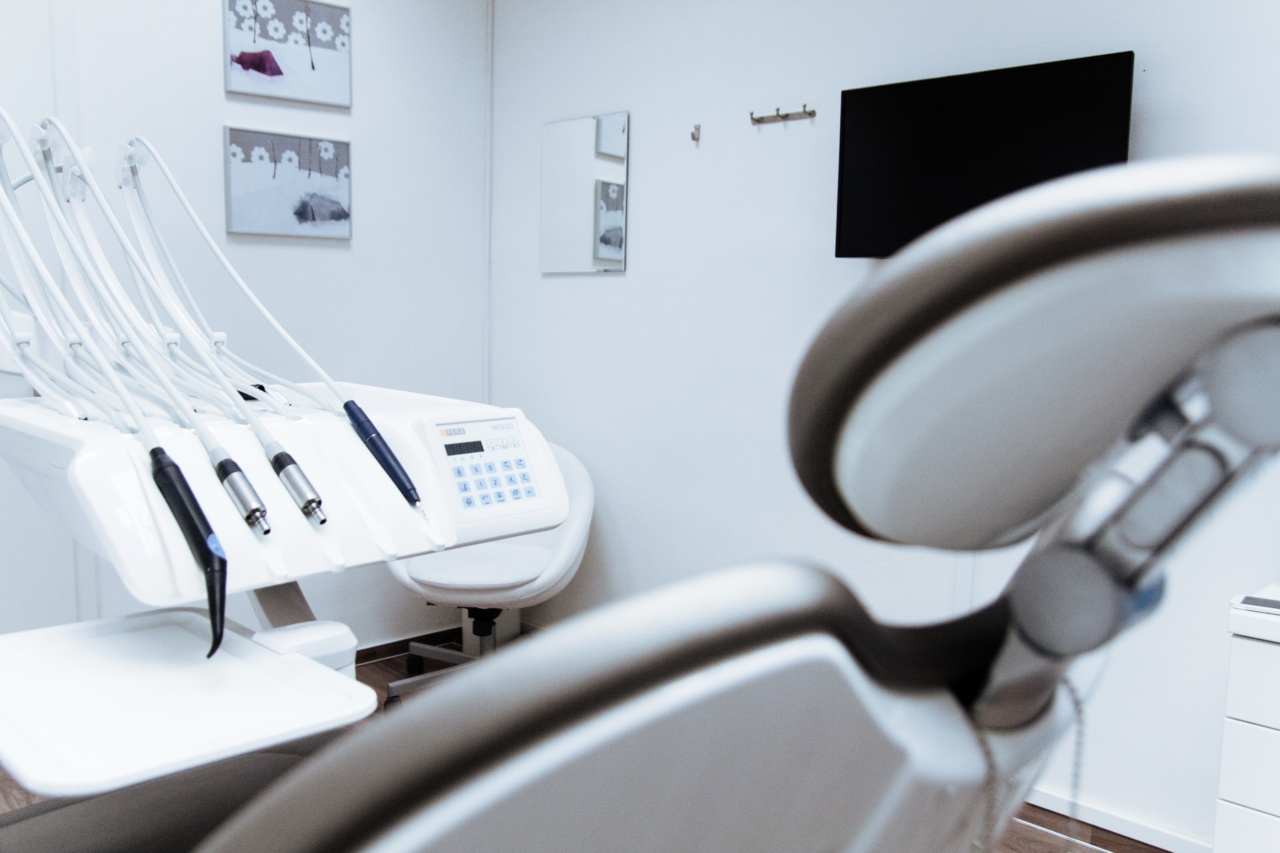Dental health and braces are both crucial aspects of overall oral hygiene. While there is plenty of information available on the best practices to keep your teeth healthy and straight, there are still common misconceptions regarding these topics.
These misconceptions can be harmful to your oral health and can often prevent people from seeking appropriate treatment. In this article, we will debunk some of the most common misconceptions about dental health and braces.
Myth 1: Brushing Teeth Harder Will Make Them Cleaner
One of the most common misconceptions about dental health is that brushing your teeth harder will make them cleaner. However, this is far from the truth. Brushing your teeth too hard can actually damage the enamel on your teeth and lead to gum eroding.
You should always brush your teeth gently for two minutes twice a day using a soft-bristled toothbrush. Mouthwash can be helpful, but it should never replace brushing and flossing your teeth.
Myth 2: If My Teeth Don’t Hurt, They are Healthy
Another common misconception is that if your teeth don’t hurt, they must be healthy. However, there are many dental issues that can progress without symptoms.
Your dentist should perform routine checkups and cleanings every six months to ensure your teeth are healthy. Catching issues like cavities or gum disease early is crucial to prevent more complex and expensive dental problems from developing.
Myth 3: Kids are the Only Ones Who Need Braces
Many people believe that braces are just for kids and that adults do not need them. However, this is not the case. Adults can benefit from braces just as much as kids. It is never too late to straighten your teeth.
Teeth that are overcrowded or crooked can be harder to clean and can lead to dental issues, including gum disease and tooth decay. Braces can help with bite problems, improve your smile, and create a healthier mouth for all ages.
Myth 4: Braces Are Only for Cosmetic Purposes
Another common misconception is that braces are only for cosmetic purposes, and if you have straight teeth, you do not need them. However, braces do more than just improve the appearance of your teeth.
They can also correct issues like a misaligned bite or crooked teeth, reducing your chances of developing dental problems such as gum disease, cavities, or jaw pain, which can be incredibly uncomfortable and even debilitating.
Myth 5: You Can’t Play Sports with Braces
Many people think that they cannot play sports or other physical activities with braces, but this is a myth. While it is essential to wear a protective mouthguard when playing sports, braces should not limit your physical activity.
Many orthodontists offer sports mouthguards that are custom-made to fit over your braces, providing additional protection and comfort.
Myth 6: Braces Will Set Off Airport Metal Detectors
You may have heard that braces can set off metal detectors. However, this is far from the truth. Modern braces are usually made of ceramic or another non-metallic material, and they are not magnetic.
Even when braces are composed of metal, they still do not set off metal detectors, as metal detectors are designed to detect large metal items like guns and knives, not tiny wires or brackets that make up braces.
Myth 7: Braces are Painful and Uncomfortable
While it’s true that braces can be a little uncomfortable at first, the discomfort should only last for a few days, and in some cases, there is no discomfort at all.
The braces themselves should not cause any pain, but the adjustments made to the wires can cause some pressure or sensitivity. It is essential to maintain good oral hygiene with braces, including brushing and flossing regularly, to ensure that they are not painful.
Myth 8: You Can’t Eat Certain Foods with Braces
Many people believe that you cannot eat certain foods, such as apples or popcorn, with braces. While it’s true that some foods should be avoided, many are still okay to eat.
Sticky or hard foods can damage your braces, so it’s best to stay away from those. Foods like apples can still be eaten as long as they are cut into smaller pieces. Your orthodontist will provide you with a complete list of foods to avoid.
Myth 9: Braces are Only for Straightening Teeth
While the primary goal of braces is to straighten your teeth, they can also fix a range of other dental problems. Braces can assist with correcting a misaligned bite, which can lead to problems like jaw pain, headaches, and clenching of teeth.
Braces can also help with problems such as overcrowded teeth, gaps, and more.
Myth 10: Braces Are Expensive and Unaffordable
Many people believe that braces are incredibly expensive and out of their budget. However, the reality is that braces are more affordable than ever before.
Most insurance plans cover a portion of the cost of braces, and many orthodontists offer payment plans to fit any budget. It’s best to schedule a consultation with an orthodontist to determine the best treatment plan for your needs and budget.
Conclusion
Overall, it’s crucial to separate fact from fiction when it comes to dental health and braces. Misconceptions can lead to problems down the line and prevent people from seeking appropriate treatment.
It’s best to consult with a dentist and an orthodontist to determine the best courses of action for your oral health.





























